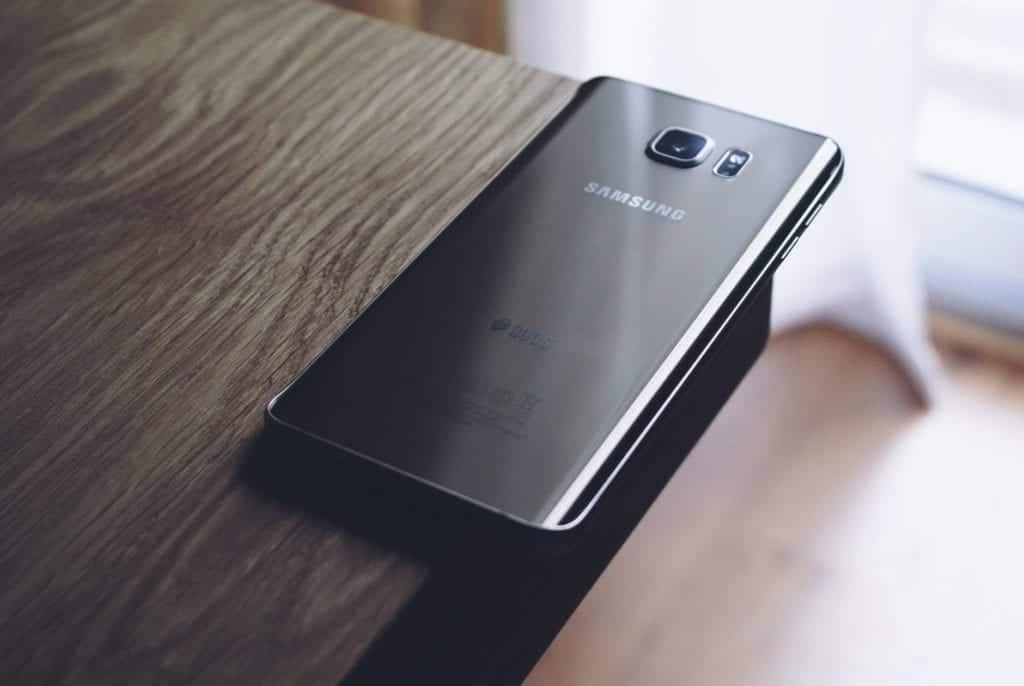The Samsung Note 10 and the Note 10 Plus have recently been released and both flagships are currently available for pre-order. The latest iPhone is set to be revealed in the next few months.
These are two of the best examples of what mobile technology has to offer the mainstream market, packing some of the most powerful hardware that phone manufacturers can currently create.
Yet, despite technological advancements like under-screen fingerprint scanners, iris scanners, face scanners, accurate cameras, and water- and dust-resistant phone bodies, the fact remains that these small pieces of tech are still made from glass.
And even though Gorilla Glass claims that their glass is made to be significantly tougher and more scratch-resistant than previous generations, the fact remains that glass is the glass is glass. And even if you have an analytics laboratory compare aluminum and glass, aluminum will almost always be more durable.
This is pretty ironic because for all the processing power that most modern phones pack, they’re still pretty easy to break.
But, Could There Actually Be A Reason For This?
You only need to look at any smartphone forum related to phone materials to find that most smartphone users want metal phones back just for the added durability.
Surely there has to be a reason that smartphone manufacturers would seem to ignore these requests in order to keep using glass as the primary material found on these fragile pieces of tech.
Well, I took the liberty to look around and so far, this is what I got:
Aesthetics and Ergonomics
Glass can be shaped in many ways as shown by phones like Samsung’s S-series, which sport curved screens and curved glass backs.
Not only are these phones amazing to look at, but they also feel premium in the hand, with the gentle rear glass curves fitting nicely with the palm of your hand.
This makes the phone easier to grip and it also gives the phone a heft that contributes toward that premium feel.
Wireless Charging
The magnetic signals that are used to charge phones wirelessly simply do not work with metal back covers, which would interfere with the signal.
While most people wouldn’t really bother with wireless charging, the few who do really care about the technology and the many conveniences they provide. The smartphone industry is gearing towards a fully wireless future after all.
Better Wifi, Bluetooth, and LTE
The glass rear also allows for better connectivity in general because there’s less interference between the metal cover and the antennae lines. This means your smartphone gets a more stable signal at farther ranges.
But, are these trade-offs really worth losing the durability of metal cases? Most smartphone manufacturers would say yes. And the fact is that most users will also tend to put cases on their smartphones anyway in order to protect their expensive piece of tech.
After all, if you drop a phone, whether it’s one made of glass or aluminum, it’s going to get damaged. So, maybe a glass smartphone isn’t as bad as you might think when you weigh all the benefits that glass gives smartphones.







